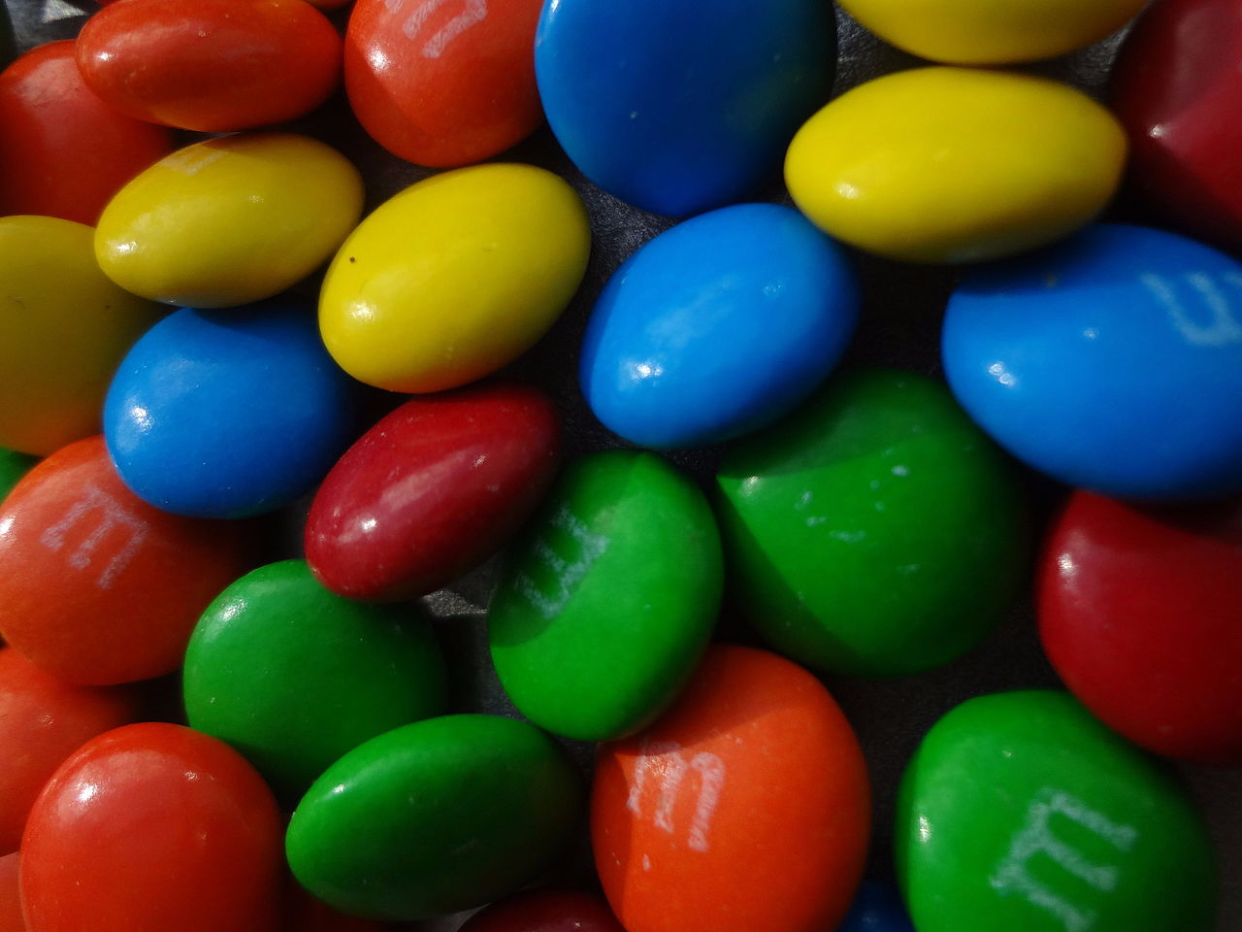The smart reason the world's largest candy maker is hiring meteorologists

(David Adam Kess/Wikimedia Commons)
It turns out, climate change could have an impact on the world's supply of chocolate. But one candy maker is already hard at work trying to prevent anything bad from happening.
In fact, Mars Chocolate, the maker of candy brands like M&M, Snickers, and Dove, employs a small team of meteorologists who are dedicated to analyzing the impacts of the weather on the chocolate business.
"Our meteorologists conduct analysis of weather patterns around the world to help Mars make decisions when it comes to the supply chain and sourcing of some of the ingredients for the world’s most beloved chocolates," Katie Johnson, a senior manager on the commercial applied research team, told Business Insider.
Creating chocolate candies involves many ingredients. The Mars meteorologists are tasked with examining current weather patterns, then working with other departments to examine how these patterns could impact suppliers of all of these ingredients. They take note of upcoming events that could create problems, like a storm that could delay shipping, as well as larger issues like climate change.
"Weather has a much larger, longer-term impact on business that isn’t getting the attention it deserves," says Greg Harnish, Mars Chocolate North America's commercial vice president.
(sudeep1106/Flickr)
Take almonds, for example. Most Mars almonds are grown in California, Harnish says, despite the state's dry summers and almonds' sizeable water requirements. Meteorologists study El Niño and La Niña weather patterns to predict whether the almonds will get the water that they need.
While much of the Mars meteorologists' jobs is to focus on near-term weather forecasting, they also look months and years in the future, examining issues such as global warming.
"Global threats like climate change affect us all, and we want to help foster a planet that is healthy and thriving," says Johnson.
The ability to analyze California rainfall allows meteorologists to predict things such as almonds' quality and supply. Climate change threatens to cloud that analysis, as weather patterns become more unpredictable.
(Courtney Verrill)
"If climate conditions in these growing areas begin to change over time, it may influence both the supply and quality available of an ingredient that we use in our products," Johnson says. "Anticipating what the climate will be like 10, 20, or even 100 years from now is difficult, though the better we can understand what the different climate scenarios and risks to our supply chain are, the more prepared we can be in the future."
Beyond creating problems in predicting weather, climate change could be "devestating" to the chocolate business, according to the nonprofit Rainforest Alliance. Cocao farmers face a higher risk of disease, flooding, and landslides as a result of climate change. Climate change could render areas that were once optimal for growing cocao unusable, Climate.gov reports.
Johnson says that Mars is working to combat climate change by reducing carbon emissions, with a pledge to cut all greenhouse gas emissions from operations by 2040.
Despite the fact that companies love to blame the weather for poor sales, customers often forget how much long-term weather trends impact every aspect of the candy business, from almond harvesting to delivery at grocery stores. So, next time you pop an M&M into your mouth, remember — meteorologists helped make the candy a reality.
NOW WATCH: An ingenious chef created a chocolate luge dessert
More From Business Insider


